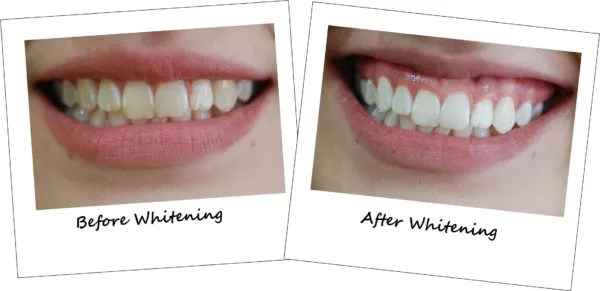Understanding Laser Teeth Whitening
Laser teeth whitening, also known as power whitening, is a popular cosmetic dentistry procedure designed to brighten your smile significantly in a short amount of time. Unlike over-the-counter whitening products, laser whitening is performed by a dental professional, ensuring both safety and effectiveness. The process involves applying a strong whitening agent, typically a hydrogen peroxide-based gel, to the teeth. This gel is then activated by a laser, which accelerates the whitening process. The result is a visibly brighter and more radiant smile, often achieved in a single dental visit. This method is particularly effective for those seeking dramatic results and immediate improvements in their teeth’s appearance. It’s essential to understand the procedure involves a consultation with a dentist to determine suitability and discuss expectations. This ensures that the treatment aligns with your oral health needs and aesthetic goals.
How Laser Whitening Works
The mechanism behind laser teeth whitening is a sophisticated interplay of chemistry and light. The process begins with a thorough cleaning of the teeth to remove any surface stains or plaque, optimizing the effectiveness of the whitening agent. After this, a protective barrier is applied to the gums and soft tissues to prevent irritation from the whitening gel. The dentist then applies a high-concentration hydrogen peroxide-based gel to the teeth. A specialized laser is then directed at the teeth, which activates the whitening agent. The laser’s energy accelerates the breakdown of the gel, causing it to penetrate the enamel and dentin, where it breaks down stain molecules. This process effectively removes discoloration caused by coffee, tea, tobacco, and aging, revealing a brighter, whiter smile. The entire procedure typically takes about an hour, making it a convenient option for those with busy schedules.
The Science Behind the Process
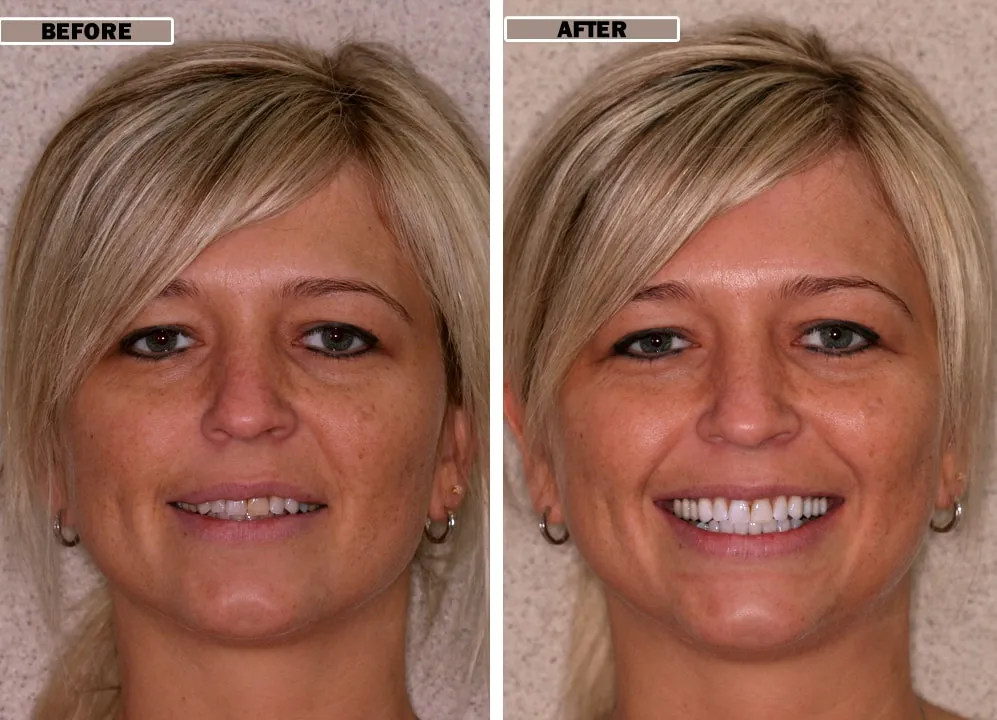
The science behind laser teeth whitening centers on the oxidation-reduction reaction of the whitening agent and the tooth’s structure. The hydrogen peroxide gel, when activated by the laser, releases oxygen molecules. These oxygen molecules penetrate the porous enamel and dentin layers of the teeth, where they react with the stain molecules. The oxygen molecules break the bonds of the stain molecules, effectively breaking them down and dissolving them. This process doesn’t harm the tooth’s structure; instead, it alters the color by removing the staining. The laser acts as a catalyst, speeding up the chemical reaction and enhancing the whitening effect. The intensity and duration of the laser exposure are carefully controlled by the dentist to ensure optimal results without causing sensitivity or damage to the teeth. Understanding this science gives insights into the procedure’s effectiveness and safety.
Laser Whitening vs. Other Methods
Compared to other teeth whitening methods, laser whitening offers several advantages. Over-the-counter whitening strips and gels contain lower concentrations of whitening agents, leading to less dramatic and slower results. Custom-fitted trays provided by a dentist for at-home use offer better results than over-the-counter options, but still take several weeks to achieve the desired shade. Laser whitening, on the other hand, provides immediate and significant results, making it ideal for special events or those seeking a quick smile transformation. While laser whitening is more expensive than other options, the speed and effectiveness often justify the cost for many patients. Professional cleaning is a must before any teeth whitening procedure.
Factors Influencing Results
Several factors can influence the effectiveness and longevity of laser teeth whitening results. The type and severity of the stains are crucial. Extrinsic stains, caused by coffee, tea, and tobacco, typically respond well to whitening treatments. Intrinsic stains, those within the tooth’s structure, may require more sessions or may not whiten as dramatically. The natural shade of your teeth before the procedure also plays a role; individuals with yellower teeth usually see better results than those with gray or bluish teeth. Maintaining good oral hygiene, including regular brushing, flossing, and dental check-ups, is essential for preserving the results. Avoiding stain-causing foods and drinks, such as coffee, tea, red wine, and dark-colored berries, can also help prolong the whitening effect. Regular touch-up treatments may be needed to maintain the desired level of whiteness.
Before and After Visuals
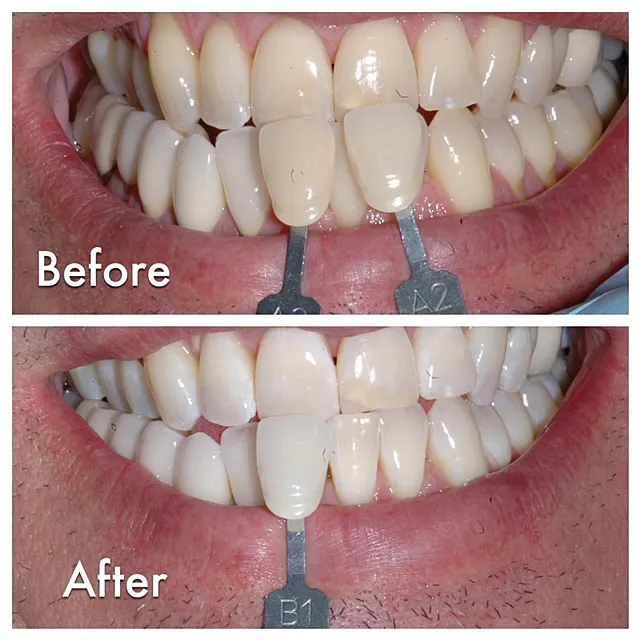
Before and after images are a powerful way to illustrate the transformative effects of laser teeth whitening. These visuals typically showcase the dramatic difference in tooth color before and after the procedure. Many patients experience several shades lighter teeth, leading to a more youthful and vibrant appearance. These images often highlight the removal of years of accumulated stains and discoloration. The results are frequently striking, with patients gaining significant confidence in their smiles. When viewing these visuals, consider that individual results may vary based on factors like the original shade of the teeth and the type of stains present. Nonetheless, before-and-after photos provide realistic expectations of the potential outcomes and the overall value of laser teeth whitening.
What to Expect Before the Procedure
Before undergoing laser teeth whitening, a thorough consultation with a dentist is crucial. The dentist will examine your teeth and gums to assess your oral health and determine if you are a suitable candidate for the procedure. They will discuss your expectations and the potential results. The dentist will also explain the procedure in detail, including the steps involved and any possible side effects, such as temporary tooth sensitivity. It’s essential to disclose any existing dental work, such as fillings or crowns, as these will not whiten with the procedure. A professional cleaning might be recommended before the whitening session to remove plaque and surface stains. The dentist will also provide pre-treatment instructions, such as avoiding certain foods and drinks that can stain teeth. Proper preparation ensures a smooth and effective whitening experience.
What Happens During the Procedure
During the laser teeth whitening procedure, the patient will be comfortably seated in a dental chair. The dentist or dental hygienist will begin by protecting the gums and soft tissues with a barrier. This is to prevent the whitening agent from causing any irritation. After the protective barrier is in place, a high-concentration hydrogen peroxide whitening gel is applied to the surface of the teeth. The dentist will then use a specialized laser to activate the gel, which accelerates the whitening process. The laser is carefully directed at the teeth for a specific duration, typically in intervals. The process is usually repeated several times during the session to achieve the desired level of whiteness. The entire procedure usually takes about an hour. After the laser treatment, the protective barrier is removed, and the teeth are rinsed.
Post-Treatment Care and Maintenance
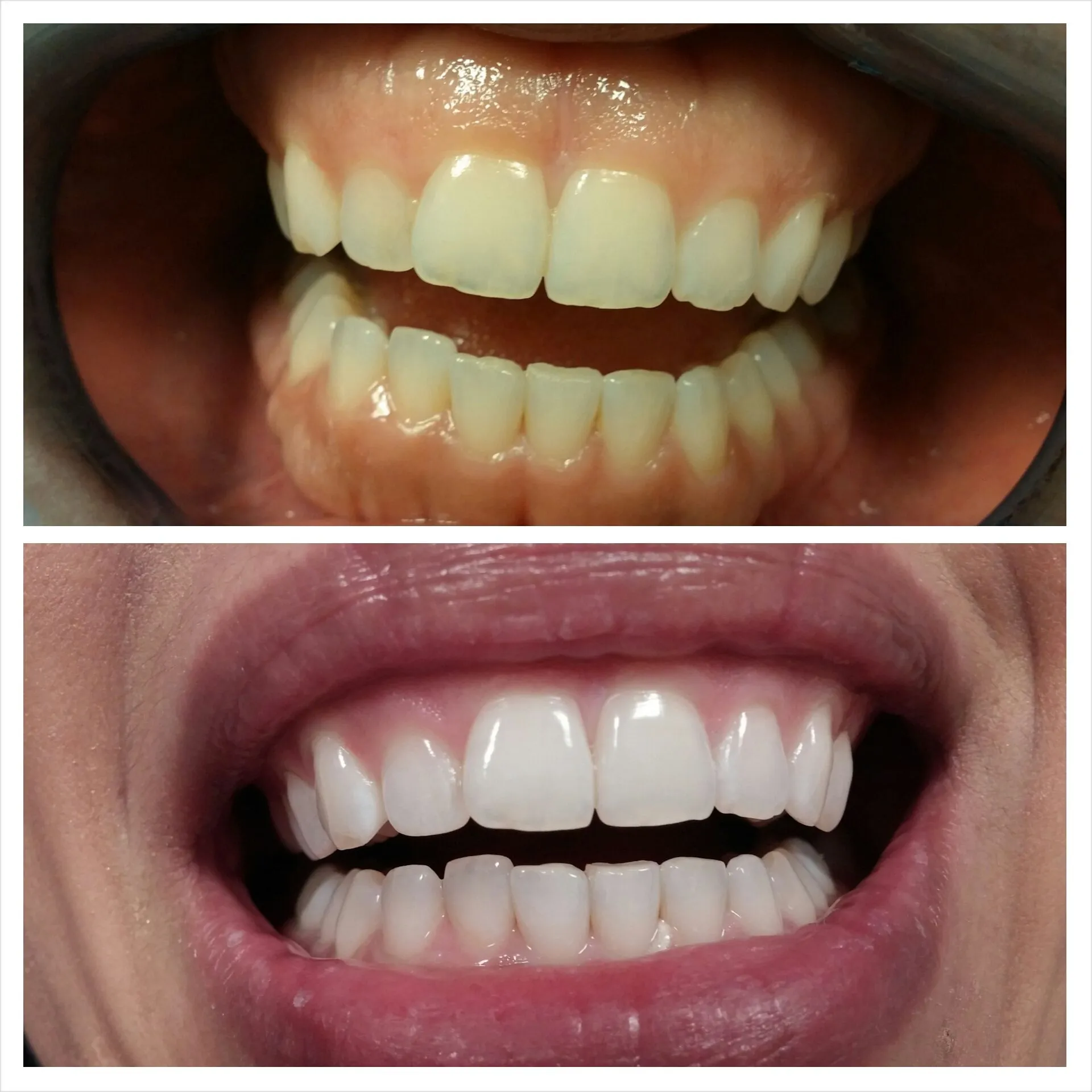
Following laser teeth whitening, proper post-treatment care is essential to maintain the results and minimize any potential side effects. It’s common to experience some tooth sensitivity immediately after the procedure, which usually subsides within a few days. To alleviate sensitivity, the dentist may recommend using a desensitizing toothpaste. Patients should strictly avoid foods and beverages that can stain teeth, such as coffee, tea, red wine, and berries, for at least the first 48 hours. Maintaining good oral hygiene is critical, including brushing twice a day and flossing daily. Regular dental check-ups and cleanings are also recommended. Patients may also be advised to use a touch-up whitening product at home to maintain the brightness of their smile over time. Following the dentist’s post-treatment instructions ensures long-lasting results and a healthy smile.
Maintaining Your White Smile
Maintaining your newly whitened smile requires diligence and a consistent approach to oral care and lifestyle choices. Avoiding stain-causing foods and drinks, as mentioned earlier, is essential. Regular consumption of these items can gradually re-stain the teeth, diminishing the whitening effect over time. Incorporating a whitening toothpaste into your daily oral hygiene routine can help to maintain the brightness of your smile and prevent new stains from forming. Brushing twice a day and flossing daily is also fundamental to maintaining healthy teeth and gums, which in turn, helps to keep your smile looking its best. Regular dental check-ups and professional cleanings are crucial for removing plaque and surface stains, which can enhance the appearance of your teeth. Consider periodic touch-up treatments, either at home or in the dental office, to maintain the desired level of whiteness. Making these practices a part of your routine helps to preserve your bright, confident smile.
Cost of Laser Teeth Whitening
The cost of laser teeth whitening can vary depending on several factors, including the dentist’s location, the extent of the treatment, and the specific materials used. Generally, laser whitening is more expensive than at-home whitening methods. The cost typically includes the initial consultation, the procedure itself, and any post-treatment care. It’s important to inquire about the total cost upfront, including any potential additional charges. Some dental insurance plans may cover a portion of the cost, especially if the whitening is deemed medically necessary. Many dental practices offer financing options to make the procedure more affordable. It’s advisable to compare prices and services from different dental providers before making a decision, ensuring you receive quality care at a fair price. Always prioritize a qualified and experienced dentist to guarantee the best results and a safe experience.
Where to Get Laser Teeth Whitening
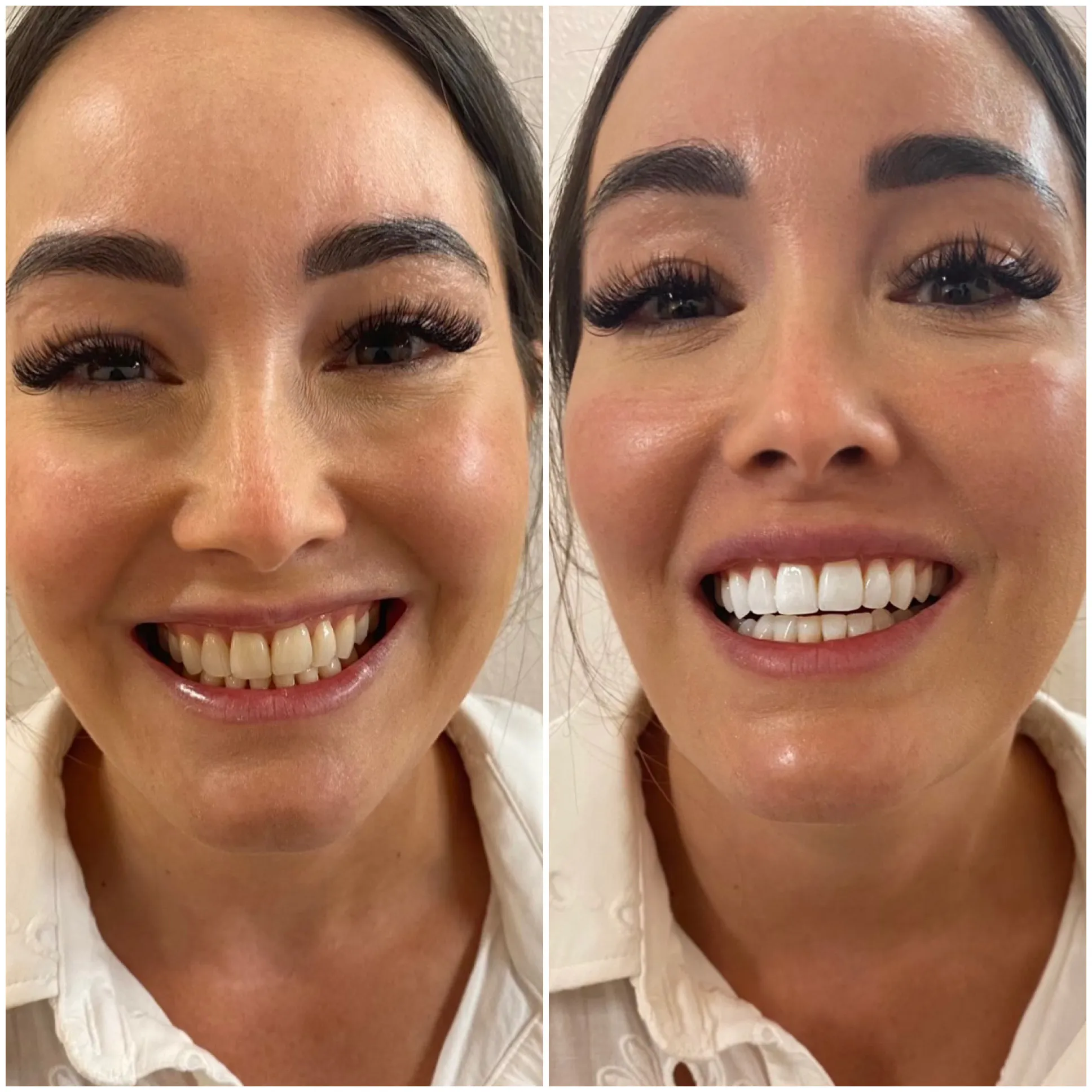
Laser teeth whitening is exclusively performed by qualified dental professionals. To find a reputable provider, start by consulting your general dentist, who may offer the service or be able to refer you to a trusted specialist. Researching local dentists online is also an effective way to identify potential providers. Look for dentists with experience in cosmetic dentistry and laser whitening procedures. Check online reviews and testimonials from previous patients to get an idea of the dentist’s reputation and the quality of their work. Consider the dentist’s credentials, including any specialized training or certifications in cosmetic dentistry. Schedule a consultation with potential dentists to discuss your goals, ask questions, and evaluate the dentist’s communication and approach. Choosing a dentist who makes you feel comfortable and confident is essential for a positive experience. Ensure the dental practice follows strict hygiene and safety protocols. It is very important to choose a dentist in your area, for easy access and follow-up.
Finding a Qualified Dentist
Choosing a qualified dentist is crucial for the safety and effectiveness of laser teeth whitening. Verify the dentist’s credentials and license to ensure they are properly trained and authorized to perform the procedure. Check if the dentist has any specializations or advanced training in cosmetic dentistry. Review the dentist’s experience, and ask about the number of laser whitening procedures they have performed. Look for dentists who use advanced technology and equipment, as this can impact the results. Inquire about the types of whitening agents and lasers they use. Read patient reviews and testimonials to gauge the dentist’s reputation and patient satisfaction. During your consultation, pay attention to the dentist’s communication style and their willingness to answer your questions thoroughly. A qualified dentist will prioritize your oral health and explain the procedure in a clear, understandable manner. Selecting a dentist who is professional, experienced, and committed to providing quality care will increase the likelihood of achieving optimal results and a positive experience.
